5 ways to clean jewelry without damaging your precious items
Learn how to clean your jewelry safely
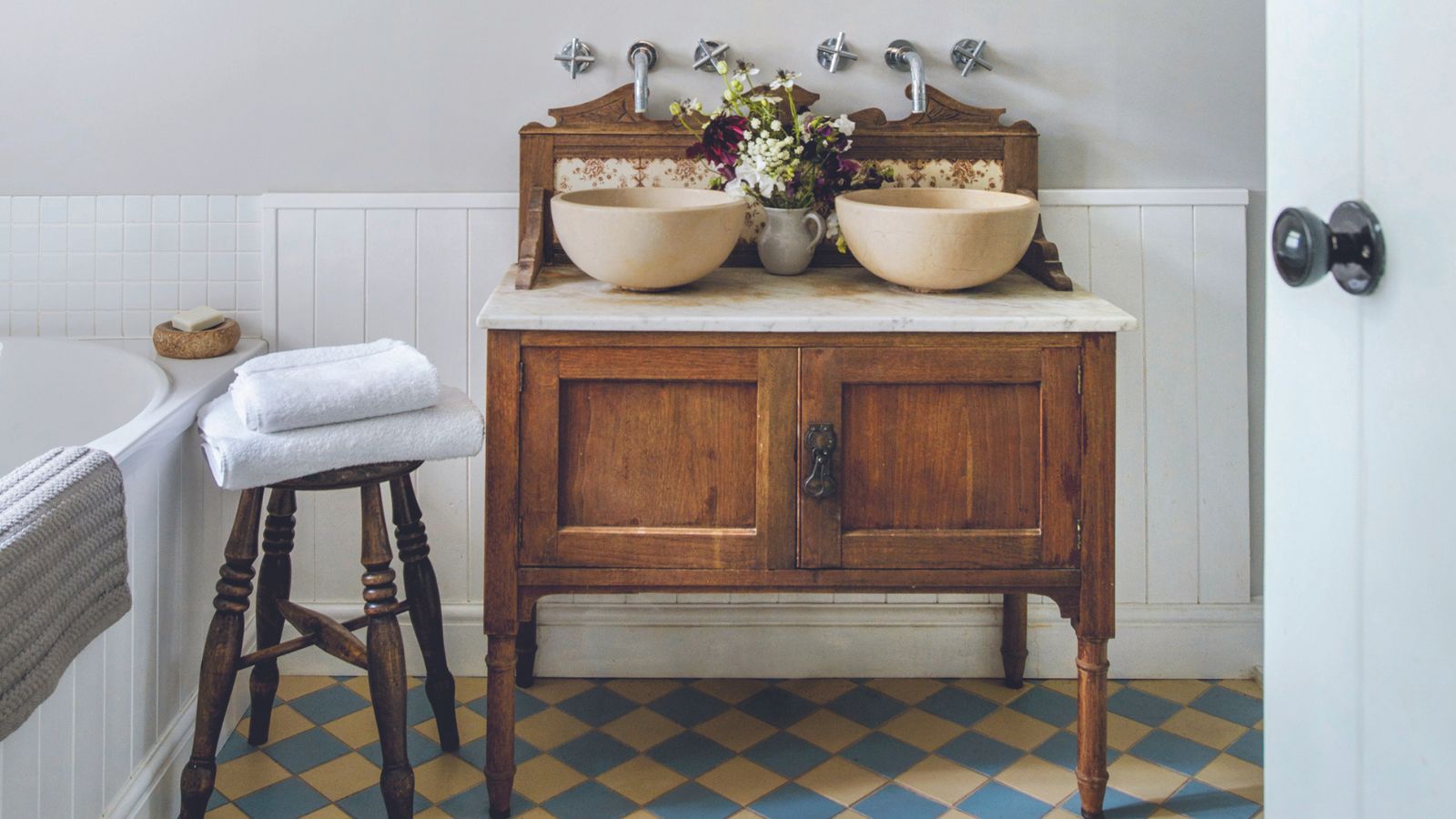

Cleaning jewelry is an essential part of maintaining your precious items, keeping their brilliance and ensuring longevity. However, not all jewelry should be cleaned the same way.
Whether it’s your engagement or wedding ring, necklaces or bracelets, our five expert-approved ways on how to clean your jewelry will not only protect your prized possessions, but work to prevent damage to sentimental items that cannot be replaced.
Similar to other cleaning tips, cleaning jewelry is easier than you might think and only requires a little expert knowledge and some patience, which we've detailed in our easy-to-follow guide.
5 different methods to safely clean jewelry
When it comes to preserving jewelry, the cleaning procedures have to be chosen specifically based on the type of materials used.
1. Mild soap and warm water soak
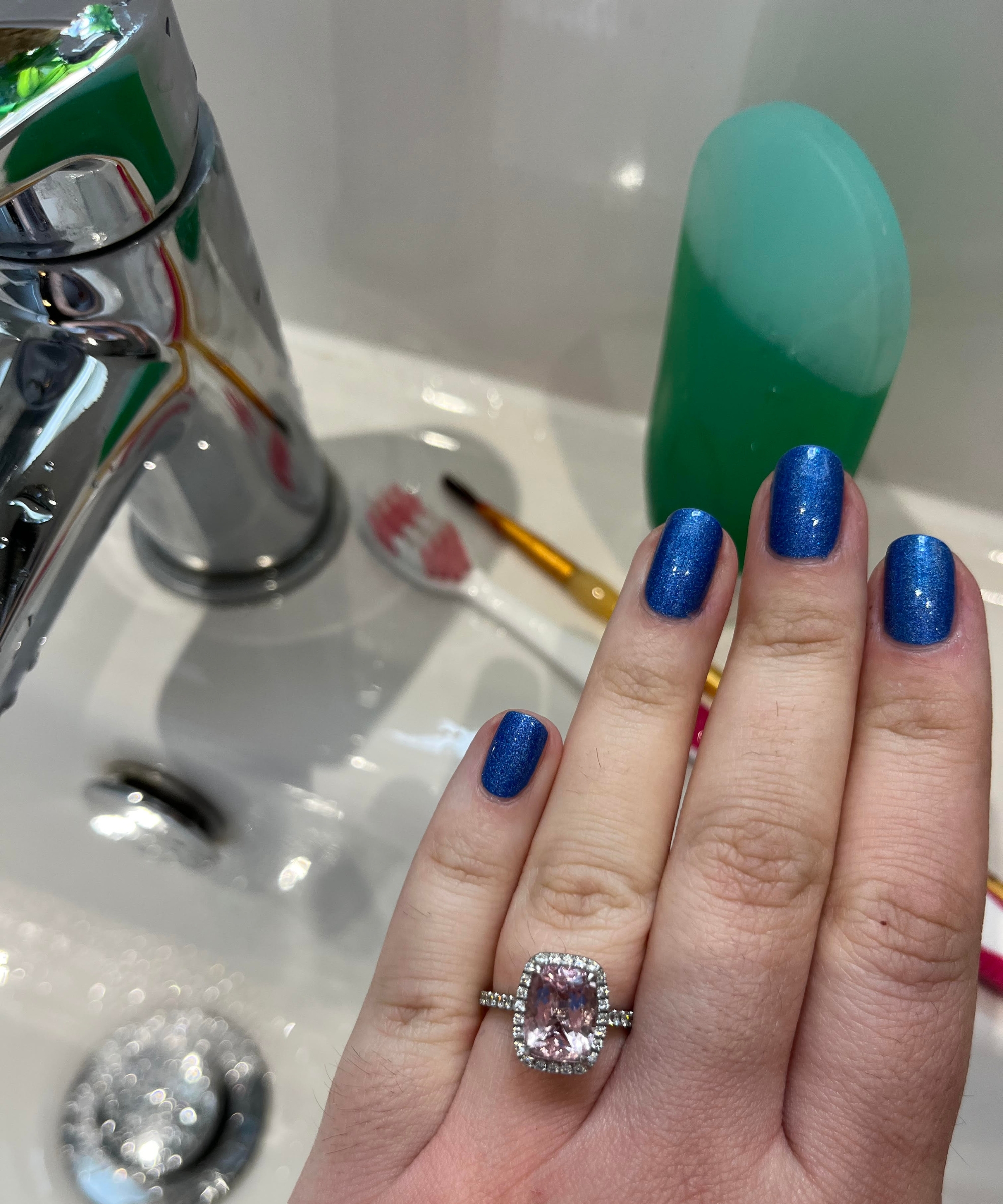
Due to its non-abrasive nature, the mild soap and warm water soak method is appropriate for cleaning most jewelry, and is a good remedy for soft metals and alloys such as silver and gold.
‘Silver, which usually tarnishes easily through exposure to moisture and air, can regain its shine using the mild soap and warm water approach and it's great at removing surface tarnish from the metal surface without scratching it,’ says Daniel Brown, cleaning expert and CEO of Handy Cleaners. ‘This method is equally effective for gold jewelry. Oils and dirt tend to build up on gold, and this simple soaking method can help bring back its natural shine.
Head of solved at Homes & Gardens, Punteha van Terheyden, has a platinum engagement ring with a Brazilian morganite in a diamond halo, pictured above and swears by this method for her gemstone ring. She says, 'It's stunning but from the first day I put it on, I noticed it easily became 'cloudy' as a result of any dirt, lotion, soap on the underside or even limescale from washing my hands in a hard water area. I spent a lot of time researching safe ways to clean morganite since it's relevantly hard on the Mohs scale of hardness for gems, but softer than a sapphire or diamond. In the end, I settled on a dot of ordinary Dawn dish soap from Walmart, and a soft bristled toothbrush until I upgraded to a fine art brush to get into the tiny gaps underneath.
'My jeweler, who made my ring said it is fine to make a mix of hot water from the kettle, with dish soap, and soak my ring to first loosen the dirt. I leave it in for about 10 minutes, then use the soft brush to gently clean with soap all facets (sides) of my morganite and diamond ring. Then I rinse under the tap and shake to air dry and remove as much water as possible so it doesn't accumulate limescale immediately. It comes out absolutely sparkling. I've had my morganite ring for nearly a decade and it's intact and looks as good as new.'
However, soaking rhodium-plated pieces is not recommended since water will likely wear off the plating after some time. Soaking is also inappropriate for softer gemstones such as emeralds due to the gem's porous nature, which makes it prone to water absorption that may end up ruining the gemstone.
It is worth knowing that rhodium plating will wear off over time anyway and will likely need refinishing every few years.
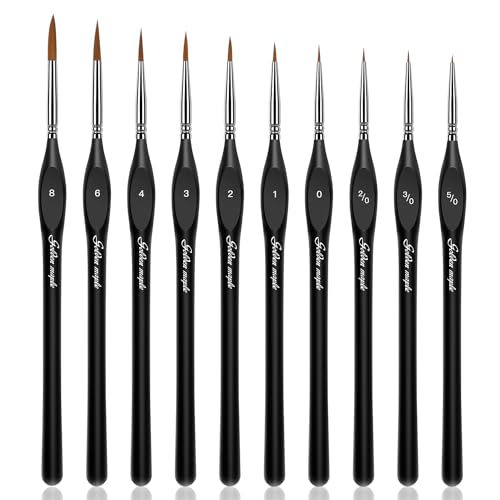
H&G Solved editor Punteha uses a set of fine art brushes like this, usually sizes 2-6, to clean her morganite and diamond engagement ring. They last a long time and work better than soft toothbrushes often recommended as they get into every nook and cranny. She recommends rinsing and drying yours immediately after use, then storing somewhere the brush end cannot get crinkled, trapped or compressed.

Daniel is an U.S. based cleaning expert with years of experience in home maintenance and sanitation.
2. Jewelry cleaning solutions
Cleaning specialist Rocky Vuong suggests cleaning your jewelry at home at least once a week, or more frequently if necessary, for instance, after spills while cooking or cleaning.
Start by mixing the jewelry cleaner with warm water in a small bowl or cup, or alternatively a jewelry cleaner container, if you have one. Avoid using hot water as it may affect certain metals. Let your ring soak for 5 to 10 minutes.
Using a jewelry brush from Amazon or a soft-bristle toothbrush, gently scrub away the residue. Clean the top, sides, and underneath the center stone. If your ring has side stones, brush those as well, making sure to clean beneath the stones and inside the ring if there are any openings.
Finally, use a jewelry cleaning cloth or a soft microfiber cloth from Walmart to gently pat your ring dry.
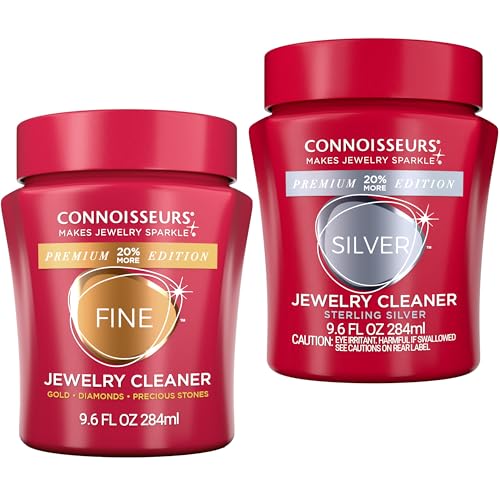
This brand of jewelry cleaner is the bestselling one on Amazon and the duo kit comes with solutions suitable for gold, diamonds and precious stones, as well as one especially formulated for silver. Take care when choosing from the listing to pick the one suitable for your specific type of jewelry as using the wrong one may result in damage.

Rocky young is an entrepreneur and founder/owner of Neatbrite cleaning services in Dallas, Texas as well as Calibre Cleaning, one of Australia's largest house cleaning companies.
3. Ultrasonic cleaner
Ultrasonic cleaners such as the InvisiClean Ultrasonic Jewelry Cleaner from Amazon, rated highly by customers, remove any dirt residue from jewelry by properly agitating a liquid with high-frequency sound waves so that the areas where a brush would generally be ineffective are cleaned.
This procedure works for pieces made of gold, diamonds, and platinum as they can withstand slight vibrations and are insusceptible to changes or damage caused by the movement.
However, you must avoid cleaning any gemstones with inclusions, like emeralds or morganite, because the vibrations of the ultrasonic cleaner will often only worsen existing flaws or damage.
It’s also important to note that less resistant gems such as opals and turquoise embedded in soft bases are easily broken down or damaged since they are brittle, so they also shouldn't be cleaned using ultrasonic cleaners.
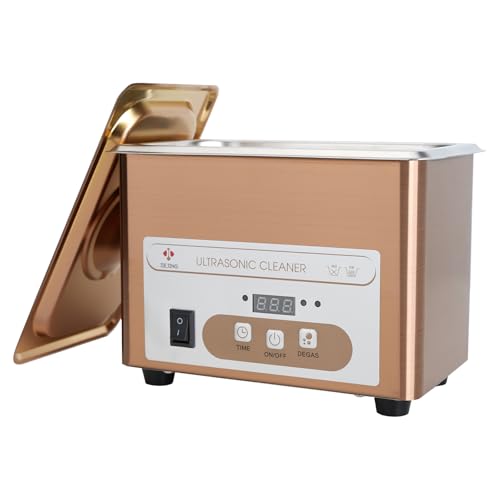
Rated 5/5 stars by happy shoppers, this ultrasonic cleaner is available in two sizes and can be used for glasses and jewelry. We like the digital timer and the 18-timer settings ranging from 90 seconds to 30 minutes. You can also clean coins, small items, and even 3D printed parts.
4. Ammonia and water solution

Diamonds, known for their unparalleled hardness and brilliance, can safely be cleaned with a solution made from one part ammonia to six parts water. This method is effective at restoring a diamond's sparkle by removing oils and residue.
However, this cleaning method should not be used for softer gemstones like emeralds, or those gems with porous structures, as ammonia can cause damage.
5. Professional cleaning
Anna-Mieke Anderson, the founder of MiaDonna jewelers advises having your rings professionally cleaned by a jeweler every three to six months. A jeweler will provide a thorough cleaning and can also check for any loose stones or necessary repairs. Some jewelers use ultrasonic and steam cleaners for this process.
For a more intensive clean that goes beyond what you can achieve, consider professional deep cleaning for your precious items. This may involve removing stones to clean beneath them and is typically required for intricate designs.
Professional deep cleaning is generally needed every three to five years, if at all. It often includes ring polishing, a paid service that restores the metal’s original shine and enhances the appearance of freshly cleaned stones, or refreshed rhodium plating. Check with your jeweler what their service entails.
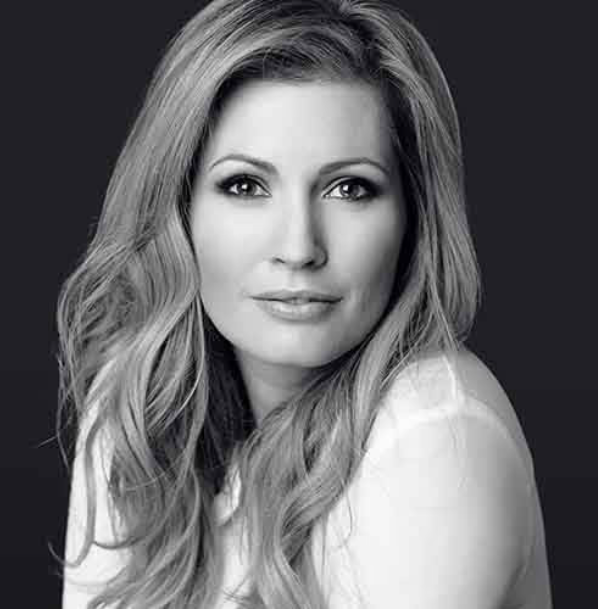
Anna-Mieke Anderson, the founder of MiaDonna, a worldwide jeweler exclusively selling lab-grown diamonds and gemstones. After almost 20 years running a fine jewelry company, she has excellent advice on how to keep your jewelry looking its brightest.
FAQs
What should you not clean jewelry with?
One substance you should never clean jewelry with is baking soda. Baking soda, including Arm & Hammer Baking Soda from Walmart, is incredibly abrasive which means it will likely scratch your gemstones and precious metals.
Before embarking on a cleaning routine, inspect your jewelry for loose stones or compromised settings. Addressing these issues beforehand can prevent further damage during cleaning. When handling intricate or antique pieces, professional advice is invaluable. Jewelers can offer specialized cleaning techniques that preserve the integrity of your pieces.
Storage and organizing jewelry also plays a critical role in jewelry care. Keep pieces separate to avoid scratching, and store them in a cool, dry place to minimize tarnishing and other forms of deterioration. By understanding the specific needs of each metal and gemstone, you ensure that your cherished pieces remain as radiant as the day you acquired them.
Sign up to the Homes & Gardens newsletter
Design expertise in your inbox – from inspiring decorating ideas and beautiful celebrity homes to practical gardening advice and shopping round-ups.

Seraphina is a contributing editor at Homes & Gardens, writing Solved features on organizing and storage. She loves to decorate and also grow her own produce from her home in London. Her previous experience includes working at Women's Health and Fabulous Magazine.
-
 I tried the Temptation Method to finally unpack the boxes I'd been ignoring after a stressful house move – I'm relieved it worked so well
I tried the Temptation Method to finally unpack the boxes I'd been ignoring after a stressful house move – I'm relieved it worked so wellWith a pile of unpacked boxes clogging up my home office, it was time to get motivated
By Sophie Warren-Smith
-
 Martha Stewart's nostalgic gray-green kitchen cabinet color is having a revival – and I predict it will be a huge trend in 2026
Martha Stewart's nostalgic gray-green kitchen cabinet color is having a revival – and I predict it will be a huge trend in 2026A timeless choice for the future – there is a lot to love about a serene gray green
By Jennifer Ebert
-
 I tried this glycerin hack to stop the mirror in my bathroom from fogging up – and it worked like magic
I tried this glycerin hack to stop the mirror in my bathroom from fogging up – and it worked like magicIt instantly fixed one of my biggest pet peeves
By Chiana Dickson
-
 I tested the Bissell SurfaceSense Allergen Pet Lift-Off upright vacuum – and love how impressively it cleans every surface at this price
I tested the Bissell SurfaceSense Allergen Pet Lift-Off upright vacuum – and love how impressively it cleans every surface at this priceAfter two weeks of vacuuming and testing, I'm recommending this budget-friendly vacuum to everyone
By Camryn Rabideau
-
 Using my Iranian grandma's fridge trick keeps my crisper drawer pristine – and fresh produce lasts twice as long
Using my Iranian grandma's fridge trick keeps my crisper drawer pristine – and fresh produce lasts twice as longIt's amazing how a simple tweak can make such a big difference
By Punteha van Terheyden
-
 Engineers reveal the 4 common faults they're always fixing in Shark vacuums – and how you can prevent them from happening
Engineers reveal the 4 common faults they're always fixing in Shark vacuums – and how you can prevent them from happeningThese checks will restore your Shark vacuum to its former glory
By Dan Fauzi
-
 5 things professional cleaners always do to overcome a cleaning roadblock – they're surefire ways to feel 'motivated and clear-headed' experts say
5 things professional cleaners always do to overcome a cleaning roadblock – they're surefire ways to feel 'motivated and clear-headed' experts sayGet your cleaning schedule back on track
By Ottilie Blackhall
-
 Dyson V15 Detect vs Dyson V12 Detect Slim – which is right for your home?
Dyson V15 Detect vs Dyson V12 Detect Slim – which is right for your home?I've spent more than 200 hours testing vacuum cleaners and these two cordless Dysons are my personal favorites
By Dan Fauzi
-
 I've spent over 200 hours testing vacuums and swear by my two Dysons – this is how I properly clean a Dyson vacuum filter for longer-lasting appliances
I've spent over 200 hours testing vacuums and swear by my two Dysons – this is how I properly clean a Dyson vacuum filter for longer-lasting appliancesYour Dyson vacuum will last much longer and clean at its best
By Dan Fauzi
-
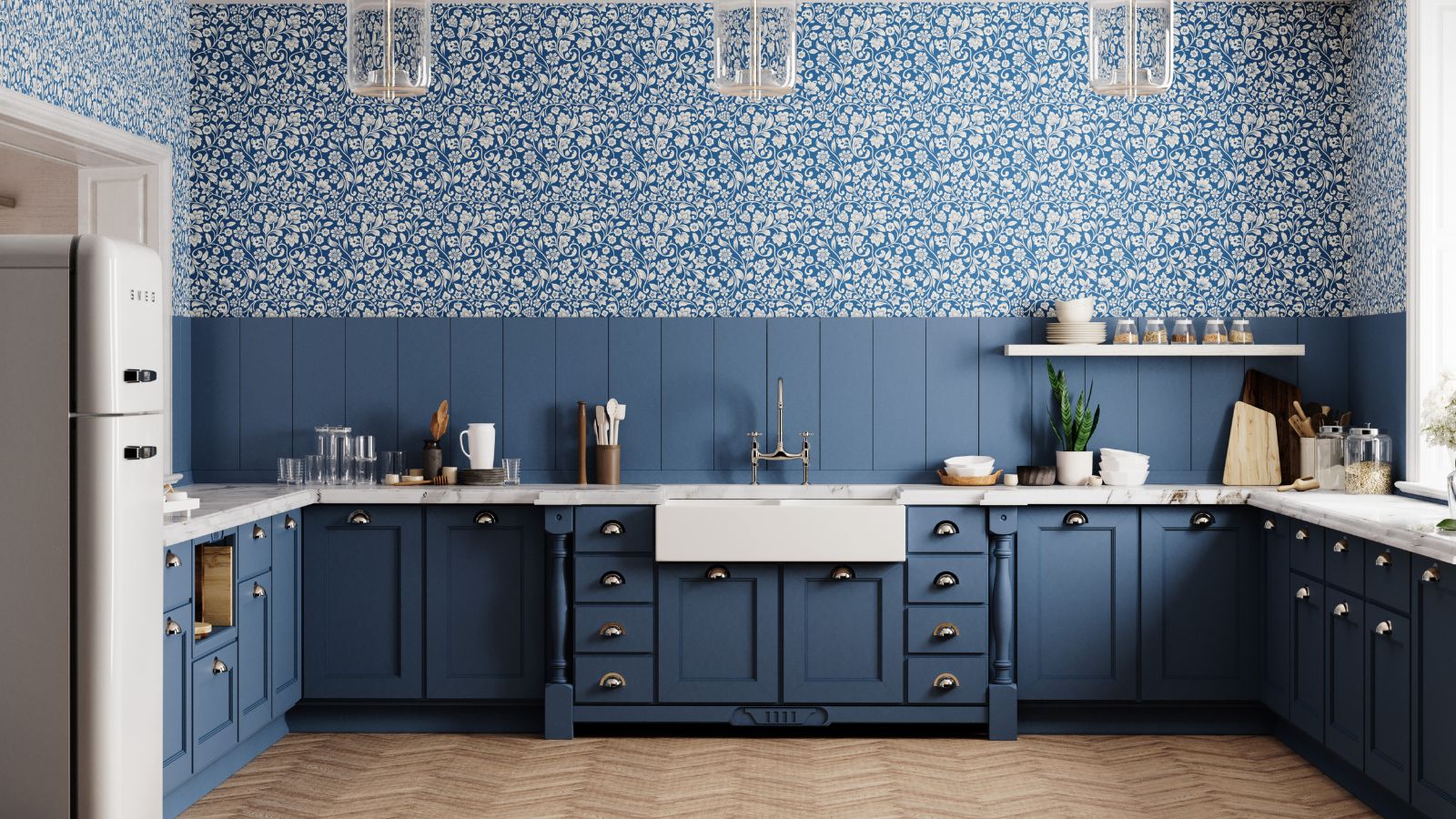 Do cleaning products expire? Professional cleaners warn time could make them ‘less effective, and in some cases, irritating to use’
Do cleaning products expire? Professional cleaners warn time could make them ‘less effective, and in some cases, irritating to use’For the best results, it pays to stay on top of the timeline of your cleaning products
By Chiana Dickson